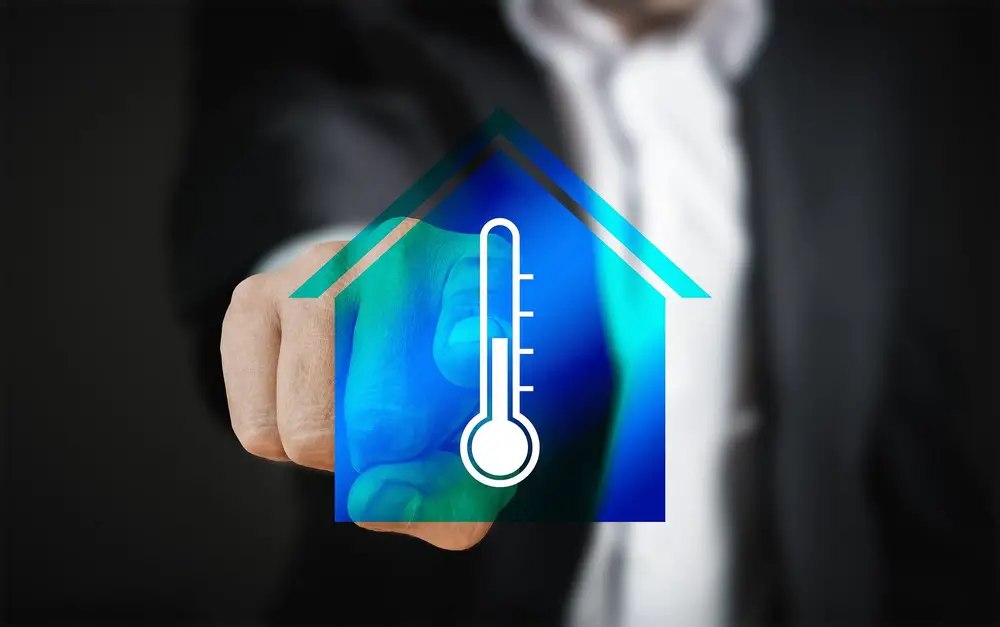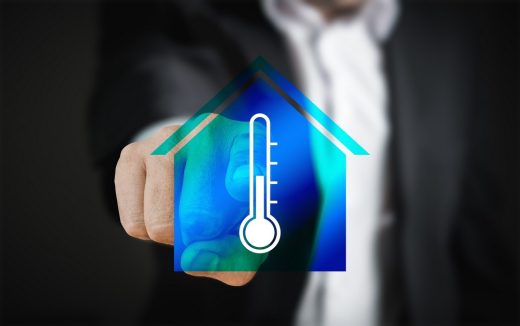How does a temperature data logger work?, Housing online advice, New building design
How Does A Temperature Data Logger Work?
9 Jan 2023
Temperature data loggers are low-cost electronic devices that have a battery, microprocessor, memory storage, sensor, and the ability to continuously record environmental parameters like temperature and humidity. This makes it possible to measure, document, analyze, and validate the data. Temperature data loggers are one of the monitoring tools that are used the most in all common industries.
Everything you need to know about a temperature data logger, including its functions, applications, and considerations. This article can assist you in selecting a temperature logger, whether you are a seasoned data logger user or just starting out.
Where are data loggers for temperature used?
Temperature data loggers are utilized in a wide variety of temperature-controlled settings, including indoors, outdoors, and while in transit. They are also utilized when handling products that are sensitive to temperature. It is utilized in numerous industries worldwide for a wide range of purposes to ensure product quality and compliance with standards and regulations.
The following are some of the uses for temperature data loggers:
- Preparation, storage, or transportation of food, in accordance with EC Directive 92/1 for the food industry.
- The World Health Organization (WHO) recommends that vaccines be kept within a temperature range of +2 to +8 °C during transport, storage, and administration.
- The crops and livestock’s storage temperature and humidity are crucial for quality assurance.
- Keep an eye on materials, electronic components, and chemicals that react with temperature.
- Protect museum and conservation objects from mold, fading, corrosion, and deformation by maintaining the ideal temperature and humidity for storage.
- Sterilization, biobanking, cryopreservation of biological samples, and ultra-low temperature storage are all used in laboratories, research and development, and diagnostics.
- Industry of warehouses and logistics: monitoring the temperature and humidity during transportation and storage (including compliance with HACCP).
How can a temperature data logger be utilized?
The majority of temperature data loggers already come with an internal microprocessor and battery. Your data logger needs to be set up with a few parameters before you can use it. A communication interface and the free software that comes with it are required for this. You can simply plug the logger into the USB port on your computer if it is designed with a built-in USB port.
You might have to enter some settings to tell it how often and how long to take a reading. A temperature data logger can be set up to take one reading per hour, day, or even multiple readings per second, depending on the application. Low and high limit temperature, alarm settings, data and report arrangement, and other configurations are included.
The logger can now be started and put into action. Before the recording begins, connect the external probe that comes with your model. The logger may start recording automatically or require a manual start, depending on your choices during configuration. After the logger is started, the data collected by these sensors is recorded on a regular basis by the data logger and saved in its non-volatile internal memory.
When the maximum number of temperature readings that were set during configuration has been reached, the data logger automatically stops recording temperature. If the STOP button on the logger is available, you can also manually stop the logger. Reconnect the data logger to your computer or laptop in order to download the data for further analysis, sharing, and archiving.
The various designs, models, and configurations of temperature data loggers are important considerations when selecting one. The specific type of data you need to record and the purpose for which the data will be used will be the primary influencing factors. The first question is, “What do you need to monitor?” When it comes to selecting the appropriate temperature data logger for the job, you probably have no idea where to even begin. Keep in mind that there will undoubtedly be a variety of data logging options, including temperature with humidity, high temperature, ultra-low temperature, and room temperature.
Additionally, you must take into account:
Accessories: Because temperature data loggers are frequently utilized in a diverse range of environments and locations, they frequently require a variety of placements. To speed up the mounting process and ensure accurate data logging, look for options like waterproof casing and mounting brackets. The water buffer kit, wall mount bracket, and waterproof protective enclosure that come with the Logtag data logger complete the set.
Memory capacity: Make sure the logger has enough memory to log more data for a longer period of time while requiring fewer site visits and data retrievals. Depending on model and type, the majority of temperature data loggers on the market can store anywhere from 4,000 to 1 million readings. When your data logging interval is longer, some loggers offer more reading memory capacity for flexible usage.
Temperature data logger for one or multiple purposes?
In global transportation and logistics, where the logger can only record data for a single configuration trip, single use loggers—also known as disposable temperature data loggers—may or may not be used. In contrast, a multi-use data logger can be used multiple times with different configuration settings.
Software: In general, you’ll want software that makes configuring the logger simple, easy, and intuitive, so there won’t be much of a learning curve. You can quickly and easily store data, configure parameters, download data, view data in graphs, share data files for analysis in Excel, Numbers, and other applications, and more with the free software provided by Logtag data logger.
Type and life of the battery: Temperature data loggers use very little power, but their battery life can vary greatly because they log data at different intervals and are used in a variety of environments. In general, you should look for a logger with a battery life of at least one year. The hassle of returning the logger to the manufacturer for battery replacement is eliminated by using a type of replaceable battery. Additionally, temperature data loggers that are powered by regular alkaline or watch batteries are more user-friendly than those that need specialized batteries.
Display versus non-display: Temperature data loggers with LCD displays make it possible to visually verify the logger’s operation and battery status in the field without having to connect it to a computer.
Size and weight: For a more portable, easy-to-carry, and useful data logging activity, it’s also a good idea to look for a smaller, lighter, and portable temperature data logger.
Comments on this Does A Temperature Data Logger Work article are welcome.
Property
Real Estate Posts
How To Become A Real Estate Agent In 2022
UK homeowners unhappy with their homes
Why you should use medical real estate broker service
Building Articles
Contemporary Architecture
Architect: Eastern Design Office

photography : Koichi Torimura, Jeffrey Friedl, Takashi Inaizumi
Hotel Ninja Black in Kyoto City
Comments / photos for the Does A Temperature Data Logger Work page welcome






